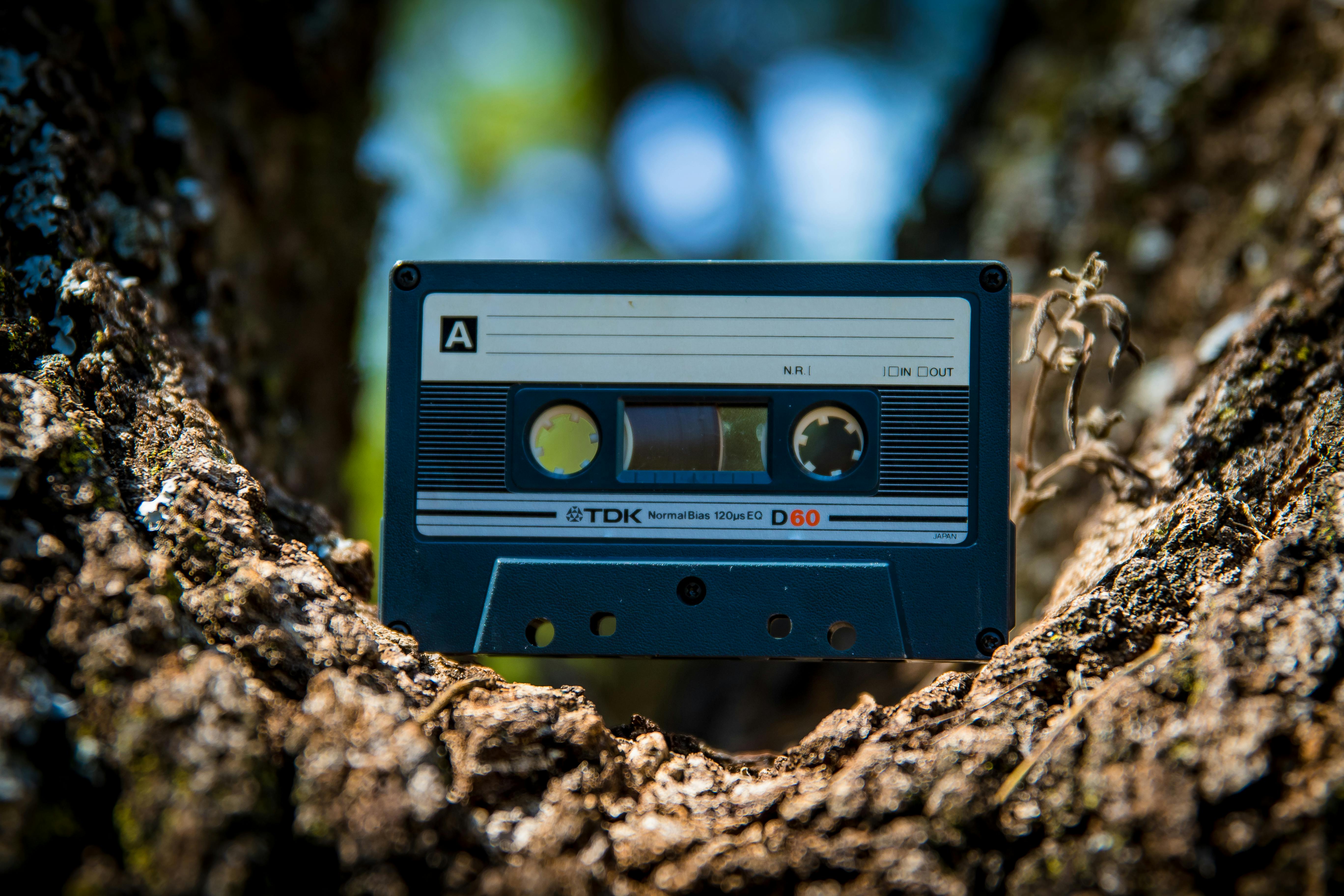How to make a cubism effect in photoshop

Before we start our tutorial on how to do a cubism effect in Photoshop, let’s take a look at our Art History.
Cubism is the most influential, essential and innovative art form of the 20th century. It is a complete negation of the conventional principle of beauty. It is a joint creation of two great painters, Pablo Picasso and Georges Braque.
Cubism is the new way of seeing things in art. Most of the subject is depicted in geometric shapes, and sometimes shows multiple perspectives of a particular image. It is as if the subject is built from many images taken from different angles.
Now let’s start our tutorial. You need your Photoshop and the image you are going to use.
- Open your Photoshop and then click TailSelect opened and choose the image you are going to use.
- first go to frame tool located in the tools menu on the left.
- You’re going to use the marquee tool to select a part of the image and then press Ctrl + J to copy it onto its own layer.
- Anger layer window then click on the Add a layer style icon
- Then select inner glow
- To give the layer a different angle, simply go to Edit and then click Free Transform.
- Hold down Ctrl and then drag the bounding box handles if you want to skew the layer. On the other hand, you can drag the cursor out or rotate it to change the angles.
- After that, go to the layer window, then select the original image layer and repeat the steps mentioned above. You can also add shapes and text if you like.
- To add text, go to text tool and play with the font.
- To add shapes, go to custom shapes tool and select a shape and then drag it over the image.
The text tool and custom shapes tool are located in the tools menu on the left. If you want to be more creative, you can play with the opacity of each layer. You can also try pattern overlay to gain texture.
- Just choose any layer then double click and select overlapping pattern.
- Experiment with all modes, not just pattern overlay, to get it looking right.
You can adjust the color of each layer to be more creative. Just go to Image then click adjustment and then select hue/saturation. With that, check Colorize and then you can modify the color by adjusting the slider. You can add more than one adjustment layer.
Finally, you have your cubist image from an ordinary image. You can print it and put it in a nice frame. That way, you have your abstract painting without spending a lot.